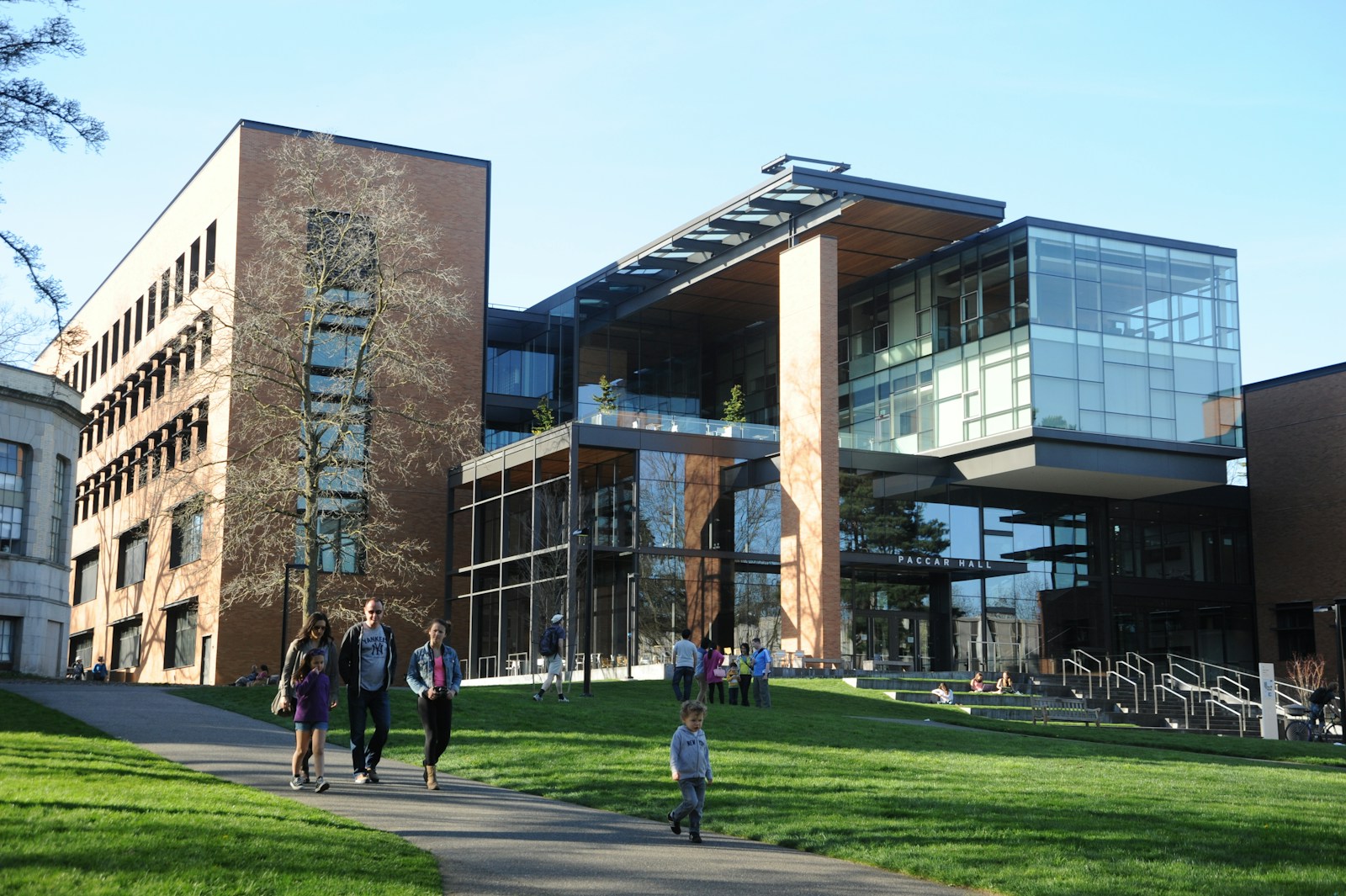Being a teacher is a rewarding experience. It allows a person the chance to help shape the minds of young people. Teachers provide students with the tools and knowledge to help them on their journey. Times are being a teacher is difficult. A common challenge of being a teacher is the sheer amount of paperwork required and marking work.
With the challenges, some rewards make being a teacher worthwhile. Having the ability to make a difference to young minds and seeing their students succeed are a couple of reasons why teachers love their job.

A vital part of teaching is helping students with their learning. Each student is different, which means how they learn will also vary between them and their classmates. As a teacher, you need to know numerous techniques to help students understand each topic on the curriculum.
To help, here are a few strategies worth implementing that could assist you with helping students and their learning.
Utilize What They Know
Students will likely have in-depth knowledge of a particular area or subject. If they do, this is a factor you can use to help them with their learning. Find ways to use a topic they know to try and explain the subject you are teaching. Seeking out the meaning and definition of words will certainly help clarify certain subjects and should be commonplace in learning and research. It could help them understand the subject better, as they associate it with something they already know and understand.
There are multiple ways to utilize what students know. One of those approaches is RPL. Understandably, you may ask the question, ‘what is RPL?’ In short, RPL stands for Recognition of Prior Learning. Students can earn their qualifications without spending time re-learning topics and subjects they already know. To learn more, you look at Cloud Assess go in-depth about RPL and the benefits of utilizing this approach.
Incorporate Technology Into Teaching
In today’s digital era, almost all students will use technology to help them with their work. As a teacher, utilizing the technology available and integrating it into your teaching can support you in actively engaging your students.
Use mobile devices, tablets, projectors or interactive whiteboards to display images or videos. Displaying information on these devices can be an effective learning tactic, as it helps students visualize new subjects. By incorporating technology, learning can become more interactive. It allows for students to engage physically during the lesson. In addition to this, if they have any ideas or questions, they can immediately research to try and find an answer.
Consider Differences In Abilities
There will likely be variation in abilities amongst your students. Ensure that you alter your teaching approach by creating tasks based on the capabilities of each student. By doing this, it will help you to ensure that no one gets left behind. Everyone will be working on a task that is achievable with their skillset.
Emphasize Positivity To Students
Hearing positive feedback can boost confidence in a person. It informs them that the work they have been doing is good and they are on the right track. For most students, if they receive more positive feedback than negative, they are more likely to succeed academically.
The positive comments about their progress can be a motivator, pushing them towards achieving the next goal. However, receiving negative feedback might limit their progress.
Positive feedback can be delivered in various forms. It could be through the conventional manner of offering compliments for good work. Alternatively, it could be shared through nonverbal signals such as a thumbs up or a high five. Offering these rewards can help you in establishing a positive culture.
If you were to offer feedback on ways they can improve, it should be constructive and not critical. Show your students in a positive light how they can improve. It could be on what they know and their abilities. Highlight the positive aspects of their work but show them where they could improve and be better. Approaching feedback from this angle will help students with their learning. They will know what their strengths are and areas that could do with improving.
Apply Multiple Strategies
Many of these strategies could prove to be effective on their own. However, some of them are more powerful when combined with another learning strategy. Look into how students can intertwine two or more of these strategies to help them understand the current topic you are learning. It might help them to remember particular facts and pieces of information, which they may have struggled with before.
The differences might be noticeable instantly, whilst others may take a little while longer. It might take a little time before things begin to fall into place. Be patient with the process. In doing so, you will see the positive impact it has on students and their ability to recall the topics that they have learned.


